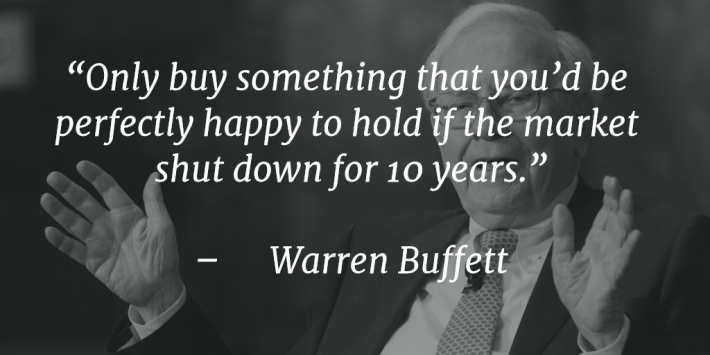
The Wells Fargo Way2Save Account offers a competitive rate at 0.01% APY. There are no minimum account requirements or tiered rates. The rates of the account are comparable to those at other large banks. There are some downsides to this account. Find out more about Way2Save to see if it is right and how it works. Further information is available about the account's benefits.
Savings account
Wells Fargo may already have a savings account if you have a checking or savings account. But, if your interest is in starting your own savings, you should know more about the available options. There are two types. The basic and higher interest rates. A higher balance can help you avoid monthly fees. To open a savings accounts with Wells Fargo, however, you first need to be eligible.

Rate of interest
The Wells Fargo Way2Save Savings card offers a low rate of interest at 0.01% Annual Percentage Yield (APY), which is similar to brick-and-mortar savings account rates. However, the account does have several drawbacks, including a monthly maintenance fee of $12. This account has other features than most brick-and mortar banks, despite its drawbacks.
Transfers to your checking account
Wells Fargo Way2Save has a $25 minimum deposit, and $5 per month service fee. The monthly fee can be waived if you have a $300 daily checking balance or link your savings account to your checking. The monthly fee is waived for those under 24 years of age. Each eligible transaction includes a non-recurring debit purchase, bill payment via Wells Fargo's website bill pay and a bill payment.
ATMs within the network
Wells Fargo Way2Save Savings Account has a $25 minimum deposit and $5 monthly service fee. The monthly fee can be waived if you maintain a $300 daily balance or link your checking account to the account. Account holders less than 24 can apply for a free account. This account automatically moves $1 whenever a user makes a qualifying transaction. These transactions include a non-recurring debit purchase or bill payment through Wells Fargo’s online bill pay.

Cost of account
The cost of a Wells Fargo account depends on your location and type of account. A savings account from Wells Fargo pays low interest rates. It can also have monthly fees and can earn negative interest if the balance falls below a certain threshold. We'll be discussing the various types of Wells Fargo accounts, and how to choose the right one for you. You can also find out whether you are eligible for an upgrade to a lower rate if that is what you require.
FAQ
What investments are best for beginners?
Beginner investors should start by investing in themselves. They should learn how to manage money properly. Learn how to save for retirement. Budgeting is easy. Learn how you can research stocks. Learn how to read financial statements. Learn how you can avoid being scammed. Learn how to make wise decisions. Learn how to diversify. How to protect yourself from inflation Learn how you can live within your means. Learn how to save money. You can have fun doing this. You will be amazed by what you can accomplish if you are in control of your finances.
Do I need any finance knowledge before I can start investing?
You don't need special knowledge to make financial decisions.
All you really need is common sense.
Here are some simple tips to avoid costly mistakes in investing your hard earned cash.
Be careful about how much you borrow.
Don't put yourself in debt just because someone tells you that you can make it.
Also, try to understand the risks involved in certain investments.
These include taxes and inflation.
Finally, never let emotions cloud your judgment.
Remember that investing doesn't involve gambling. It takes skill and discipline to succeed at it.
These guidelines are important to follow.
Is passive income possible without starting a company?
Yes, it is. Most people who have achieved success today were entrepreneurs. Many of them owned businesses before they became well-known.
To make passive income, however, you don’t have to open a business. You can instead create useful products and services that others find helpful.
For example, you could write articles about topics that interest you. You could even write books. You could even offer consulting services. Only one requirement: You must offer value to others.
When should you start investing?
On average, a person will save $2,000 per annum for retirement. However, if you start saving early, you'll have enough money for a comfortable retirement. You might not have enough money when you retire if you don't begin saving now.
You need to save as much as possible while you're working -- and then continue saving after you stop working.
The sooner you start, you will achieve your goals quicker.
When you start saving, consider putting aside 10% of every paycheck or bonus. You may also choose to invest in employer plans such as the 401(k).
Contribute only enough to cover your daily expenses. After that, you can increase your contribution amount.
Statistics
- If your stock drops 10% below its purchase price, you have the opportunity to sell that stock to someone else and still retain 90% of your risk capital. (investopedia.com)
- According to the Federal Reserve of St. Louis, only about half of millennials (those born from 1981-1996) are invested in the stock market. (schwab.com)
- As a general rule of thumb, you want to aim to invest a total of 10% to 15% of your income each year for retirement — your employer match counts toward that goal. (nerdwallet.com)
- Most banks offer CDs at a return of less than 2% per year, which is not even enough to keep up with inflation. (ruleoneinvesting.com)
External Links
How To
How to invest
Investing involves putting money in something that you believe will grow. It is about having confidence and belief in yourself.
There are many options for investing in your career and business. However, you must decide how much risk to take. Some people love to invest in one big venture. Others prefer to spread their risk over multiple smaller investments.
If you don't know where to start, here are some tips to get you started:
-
Do research. Find out as much as possible about the market you want to enter and what competitors are already offering.
-
You must be able to understand the product/service. Know exactly what it does, who it helps, and why it's needed. Make sure you know the competition before you try to enter a new market.
-
Be realistic. Consider your finances before you make major financial decisions. If you have the financial resources to succeed, you won't regret taking action. However, it is important to only invest if you are satisfied with the outcome.
-
You should not only think about the future. Look at your past successes and failures. Ask yourself if you learned anything from your failures and if you could make improvements next time.
-
Have fun. Investing shouldn’t be stressful. Start slowly and build up gradually. Keep track your earnings and losses, so that you can learn from mistakes. Remember that success comes from hard work and persistence.